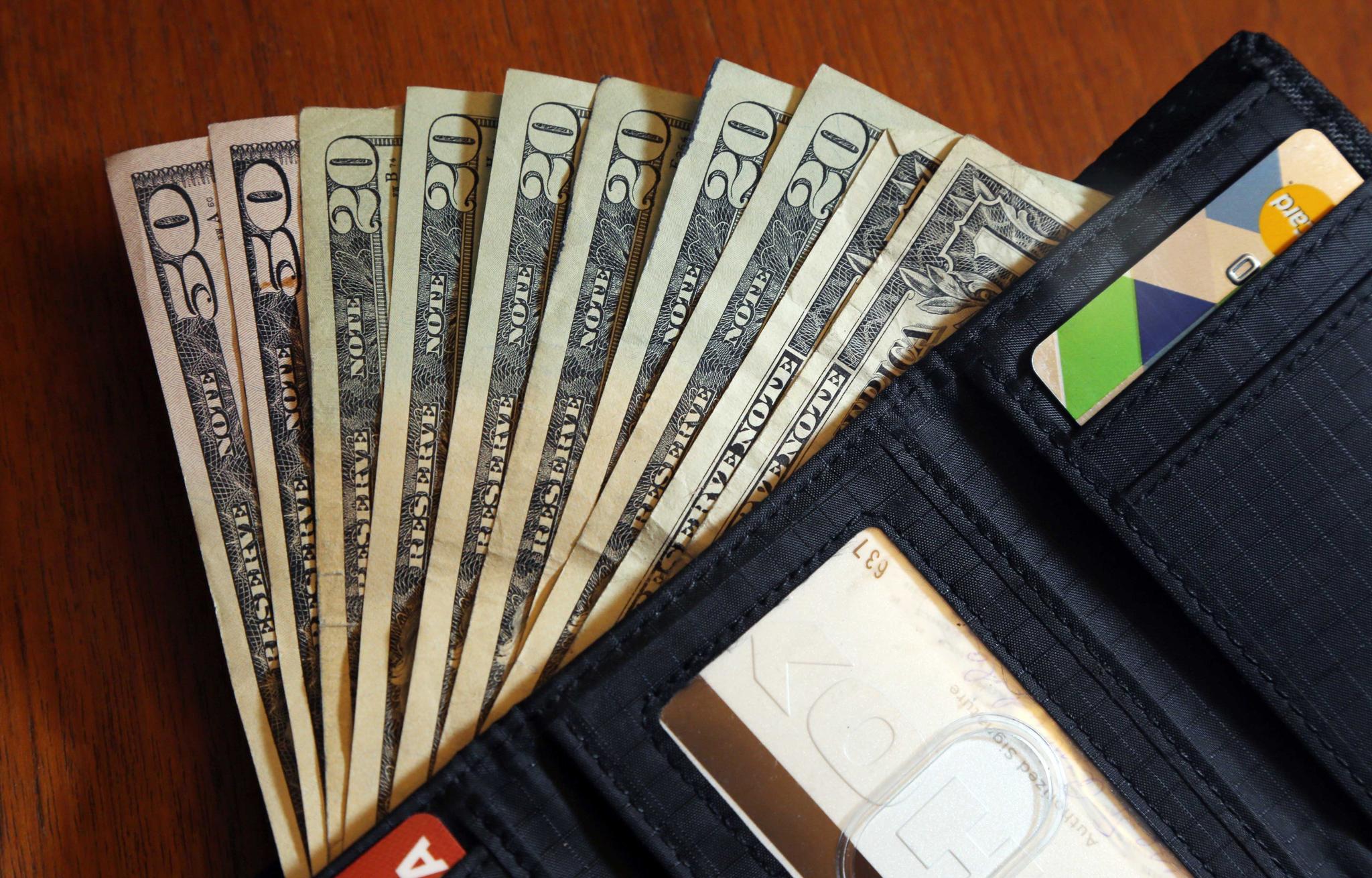Utility bills, like electricity and water, are among our most significant monthly expenses. Unfortunately, rising inflation affects utility rates just like it does almost every other expense in your life. Fortunately, there are smart things we can do to lower those bills almost immediately.
Most of us know about the typical ways to save electricity and water. For instance, turn off the lights when you leave the room. Only leave the faucet running if you're using the water. Resist taking 30-minute showers. You know, the basics.
But that barely scratches the surface when lowering your utility bills.
Here are four easy ways to save on your monthly utility bills.
1: Identify Phantom Power Draws
Phantom power refers to electronics that consume electricity when we aren't using them, or even when they are turned off. Studies estimate that phantom power accounts for 10 to 20% of our monthly electricity bill. Identifying and eliminating phantom power in your home can help you reduce your electric bill immediately.
Use an electricity usage device such as the P3 International Electricity Usage Monitor to identify how much power appliances are using. And here's a good resource, albeit a little technical, on how to measure your home's total phantom power draw.
Even if you don't want to go to that level of monitoring, understanding which devices draw the most power when not in use is crucial to reducing your power consumption.
Over time, those savings add up to big dollars.
There are a few things that you can do immediately to lower your power bill:
- Unplug your laptop overnight
- Unplug lamps and other lighting appliances, and
- Unplug phone chargers and video game consoles when you're not using them
This is especially important if you are going away for an extended period. Planning a vacation soon? Put this on your list of things to do before you go. Also, adjust your heating or cooling to run less while you're away.
2: Use LED Lightbulbs
Light-emitting diodes, or LED lightbulbs, are your home's most efficient light source. They last 25x longer than traditional incandescent bulbs and support a wide range of light colors.
LED bulbs also don't get hot like traditional bulbs.
"Residential LEDs - especially ENERGY STAR rated products - use at least 75% less energy, and last up to 25 times longer than incandescent lighting," says Energy.gov.
On average, LED light bulbs used for at least 5 hours daily will save up to $20 a year. That might not sound like much until factoring in how many bulbs you have in your home. Replacing all bulbs in your home with LEDs will add those savings quickly.
And LEDs give you the option of using cooler or warmer light, measured using the Kelvin scale. You might have seen the terms 5000K or 2000K on LED bulbs. This measures the temperature of the light. The lower the kelvin reading, the warmer (more red/orange) the light.
For instance, a 1000K light is considered warm light, emitting an orange color. A 10,000K light is cold, emitting blue light. Light between 2700K and 3000K closely resembles incandescent light.
If your home still uses incandescent lightbulbs, switch to LEDs to save energy.
3: Seal Doors and Windows
Properly sealing doors and windows in your home can save you 10% on your energy bill.
For many of us, this might be as simple as adding weather stripping or caulking around windows to ensure air can't easily escape. After all, we want the heat to stay inside the home in winter and hot air outside in the summer.
Common places to look for air leaks in your home include:
- Doors and windows
- Chimneys and attics
- Around exterior plumbing
- Electrical outlets and boxes
- Built-in ceiling lights and fans
You don't need to be a licensed contractor to find and seal leaky areas of your home.
Pick up a few tubes of weather seal or caulking from your nearest hardware store and walk around your home. Feel with your hand around exterior doors, windows, plumbing, and electrical boxes, and seal any areas where you feel outside air.
4: Switch to Energy Star Appliances
Using energy-efficient appliances can cut your utility bills drastically.
Energy Star is a U.S. government-backed symbol that denotes energy-efficient appliances. The website makes it easy to locate energy-efficient appliances for your home.
For instance, Energy Star refrigerators are about 9% more efficient than traditional models. And luckily, you don't need to sacrifice power or features for energy efficiency.
Energy Star appliances like refrigerators "offer high-performance features such as high-efficiency compressors that create less heat and use less energy, improved insulation that helps food stay cold, and temperature and defrost mechanisms that help the refrigerator operate more efficiently."
Many energy-efficient appliances are available, including refrigerators, water heaters, HVAC (heating and cooling) systems, furnaces, smart thermostats, washers and dryers, dishwashers, and so much more.
Check the EnergyStar.gov website for more information on energy-efficient appliances.
This article was produced and syndicated by Wealth of Geeks.
